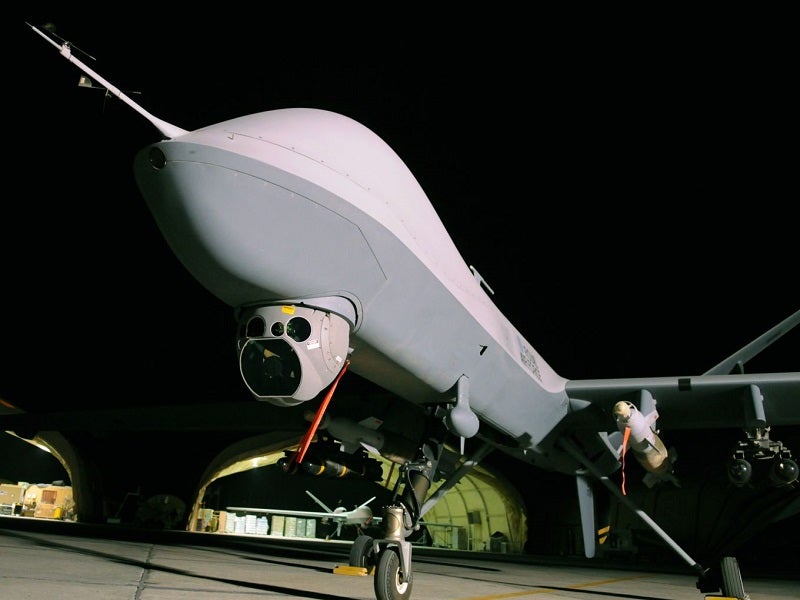General Atomics -Aeronautical Systems (GA-ASI) has handed over the first Protector RG Mk1 remotely piloted aircraft system (RPAS) to the UK Ministry of Defence (MoD).
The official ownership transfer of RPAS from GA-ASI to MoD was completed last month at the company’s Desert Horizon flight operations facility in El Mirage, California, US.

It was accepted by MoD’s procurement unit, Defence Equipment and Support (DE&S) Combat Air director air vice-marshal Simon Ellard.
The latest move comes after the successful completion of the aircraft’s two-month long acceptance test procedures (ATP), carried out jointly by MoD and GA-ASI.
ATP involved various inspections and evaluations on the RPAS’ hardware in operation and conformance with functional and technical requirements.
Royal Air Force (RAF) programme senior responsible owner air commodore Alex Hicks said: “The aircraft will be used to train RAF technicians how to maintain the capability, prior to the arrival of the first aircraft in the UK next year.”
Delivered off-contract, the RG Mk1 aircraft will be operated under a UK Military Permit to Fly with tail number PR005.
The RG Mk1 will continue to remain in the US to undertake the initial training programme before its final delivery to RAF Waddington in 2023.
The RPAS is being tested against Nato and the UK safety certification standards that will allow the aircraft to operate in civilian airspace.
This certification will mark full operational clearance for the aircraft, which is expected to be achieved by 2024.
Once delivered, the new aircraft will replace the MQ-9B Reaper RPAS.
Protector can operate continuously for nearly 40 hours, offering enhanced intelligence, surveillance, targeting and reconnaissance (ISTAR) capabilities to the British forces.
The aircraft will be deployed to conduct search and rescue, disaster response and ISTAR missions.





